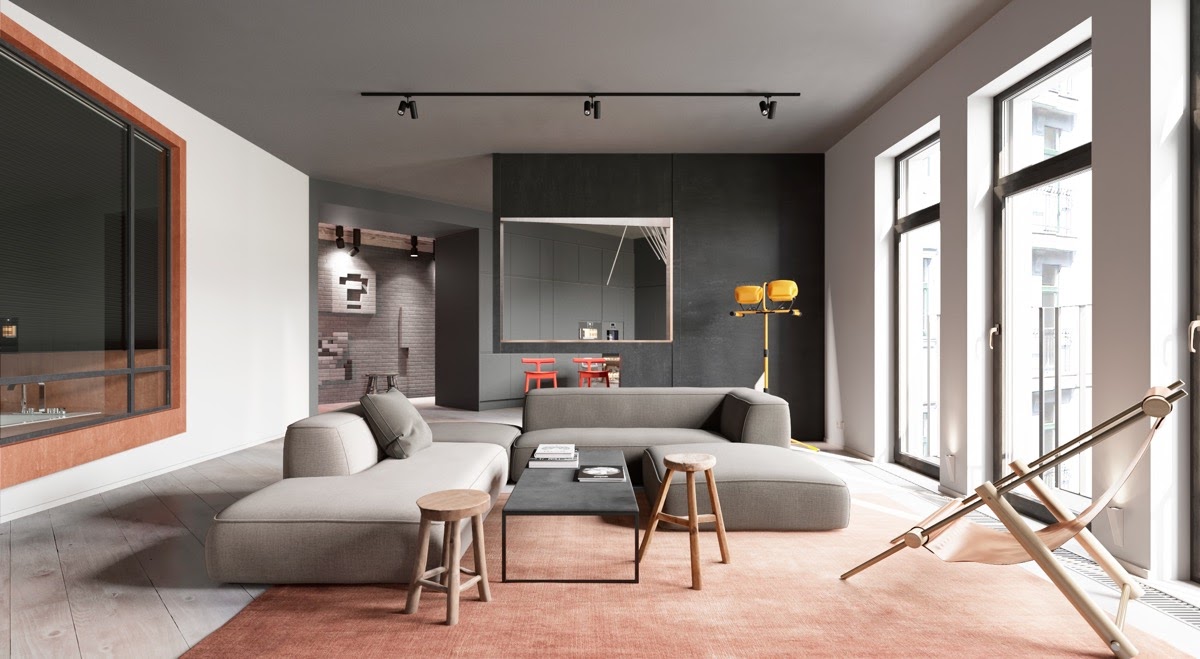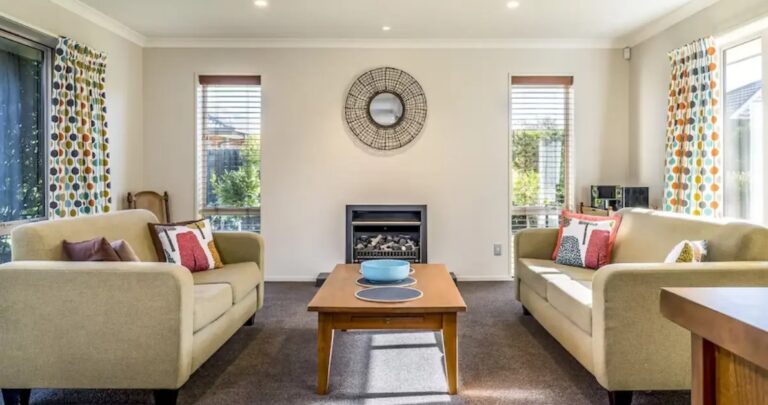In the hustle and bustle of modern life, apartment living has become increasingly popular. As we embrace this lifestyle, finding ways to make our living spaces economical and efficient becomes paramount. In this article, we’ll explore practical tips for house design that not only maximize space but also minimize costs, creating a harmonious balance between comfort and budget consciousness.
Space Optimization
Apartments often come with limited square footage, making it crucial to optimize every inch of space. The key lies in strategic furniture placement and thoughtful layout choices.
Multifunctional Furniture
Invest in furniture that serves multiple purposes. For example, consider a sofa that transforms into a bed, a coffee table with built-in storage, or ottomans that can double as seating and storage units. These versatile pieces not only save space but also enhance the functionality of your living areas.
Space-Saving Storage Solutions
In small apartments, effective storage is a game-changer. Utilize vertical space with tall bookshelves or wall-mounted cabinets. Look for furniture with built-in storage compartments, such as beds with drawers underneath or ottomans that open up to reveal hidden storage. Additionally, consider using storage bins or baskets to keep items organized and out of sight.
Minimalist Design Principles
Adopting a minimalist approach to decor can create a sense of openness and simplicity, making your space feel larger than it is. Choose furniture with clean lines and neutral colors to create a cohesive and uncluttered look. Select a few statement pieces rather than overcrowding your space with numerous small items. This not only enhances the visual appeal but also contributes to a more serene living environment.
Decluttering Strategies
Clutter can quickly make a small space feel cramped. Regularly assess your belongings and declutter items you no longer need. Consider implementing storage solutions for everyday items, such as hooks for keys or a mail organizer. Embrace the mantra of “less is more” to maintain a streamlined and organized living space.
Energy Efficiency
Opt for energy-efficient appliances with the Energy Star label, and maintain them regularly for optimal performance.
Smart Lighting and Appliances
LED Bulbs: The first step towards energy-efficient lighting is replacing traditional bulbs with LED options. LED bulbs consume significantly less energy, last longer, and come in various color temperatures to suit your preferences. While the initial cost may be slightly higher, the long-term savings on energy bills make them a worthwhile investment.
Motion Sensor Lighting: Another energy-saving strategy is the use of motion sensor lighting. Install these sensors in areas with intermittent foot traffic, such as hallways and bathrooms. The lights automatically turn on when motion is detected and off when the area is vacant, reducing unnecessary energy consumption.
Energy-Efficient Appliances
Energy Star Rated Devices: When it comes to appliances, prioritize those with the Energy Star label. These appliances meet strict energy efficiency guidelines set by the Environmental Protection Agency (EPA). From refrigerators and washing machines to air conditioners, choosing Energy Star-rated devices not only lowers your electricity bills but also reduces your overall carbon footprint.
Regular Maintenance: Ensure that your appliances operate at peak efficiency by performing regular maintenance. Clean or replace air filters in heating and cooling systems, vacuum refrigerator coils, and check for leaks in water-using appliances. Proper maintenance not only extends the lifespan of your appliances but also ensures they function optimally, saving energy in the process.
Also read: Notes When Buying Home Appliances
Sustainable Materials
Choose sustainable building materials, such as recycled or reclaimed options, to reduce environmental impact. Consider low VOC paints and finishes for a healthier living space. This not only contributes to the planet’s well-being but also ensures a more sustainable and budget-friendly home.
DIY and Upcycling
Repurpose existing furniture through creative DIY projects and upcycling initiatives. Explore thrift stores for budget-friendly finds and adorn your space with affordable artwork. Embracing a DIY mindset not only saves money but also adds a personal touch to your home.
Smart Technology Integration
Incorporate smart home technology for energy savings and increased security. From smart thermostats to energy-efficient appliances, these investments pay off in the long run. Explore cost-effective home security solutions to safeguard your space without breaking the bank.
Community Resources
Tap into shared facilities and services within your community. From shared laundry facilities to community gardens, collaborative consumption can lead to substantial cost savings. Build a sense of camaraderie with neighbors and explore ways to share tools and equipment.
Maintenance and Long-Term Savings
Regular maintenance practices can prevent costly repairs down the road. Learn simple DIY maintenance tips to address common issues promptly. Consider long-term investments, such as energy-efficient upgrades and sustainable landscaping, to further reduce maintenance costs.
Conclusion
As apartment dwellers, we have the opportunity to design spaces that are both economical and comfortable. By optimizing space, embracing energy efficiency, choosing sustainable materials, and incorporating smart living practices, we can create homes that not only reflect our personalities but also contribute to a more sustainable and budget-friendly future. With these tips, smart living becomes an attainable reality for every apartment dweller.




















